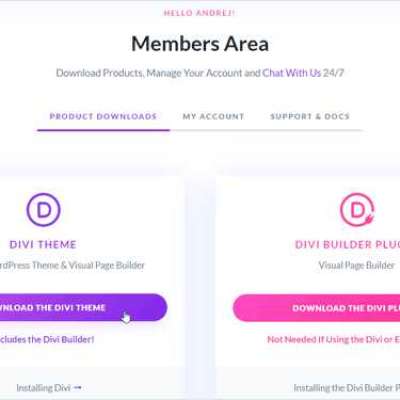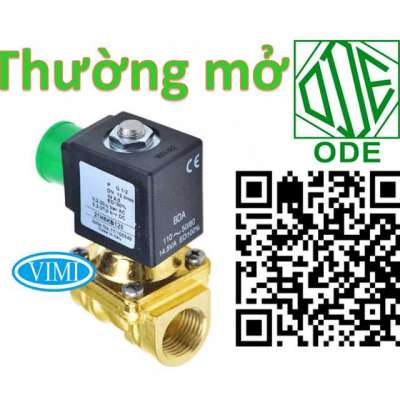1. Personalized Learning
Personalized learning is an approach to education that tailors the learning experience to each student’s individual needs and preferences. This can be done in a variety of ways, such as:
Using technology to provide students with individualized instruction and feedback.
Creating flexible learning environments that allow students to progress at their own pace.
Giving students choices about what they learn and how they learn it.
Personalized learning can help students achieve their full potential by providing them with a more engaging and effective learning experience.
2. Project-Based Learning
Project-based learning (PBL) is an instructional method that engages students in hands-on, inquiry-based learning through the creation of projects. PBL challenges students to apply their learning to real-world problems and situations.
PBL can help students develop a deeper understanding of the subject matter, as well as essential skills such as critical thinking, problem-solving, and communication.
3. Inquiry-Based Learning
Inquiry-based learning (IBL) is an approach to teaching that encourages students to take an active role in their learning. In IBL, students are allowed to explore questions, formulate hypotheses, and test their ideas.
IBL can help students develop a deeper understanding of the subject matter, as well as essential skills such as critical thinking, problem-solving, and communication.
4. Game-Based Learning
Game-based learning (GBL) is an approach to teaching that uses games to engage students and promote learning. GBL can be used to teach a variety of subjects, including math, science, and language arts.
GBL can help students develop a deeper understanding of the subject matter, as well as essential skills such as problem-solving, decision-making, and teamwork.
5. Flipped Classroom
The flipped classroom is a blended learning approach that reverses the traditional lecture-based classroom. In a flipped classroom, students watch pre-recorded lectures or tutorials at home and then use class time for hands-on activities, discussions, and problem-solving.
The flipped classroom can help students engage more deeply with the material, as well as develop essential skills such as critical thinking, problem-solving, and communication.
These are just a few examples of the many innovative teaching methods that are being used today. As technology advances and our understanding of how people learn evolves, we can expect to see even more innovative and effective teaching methods emerge in the years to come.
Visit Us: https://www.ryangroup.org/blog..../avoid-outdated-scho
Synes godt om
Kommentar
Del
















